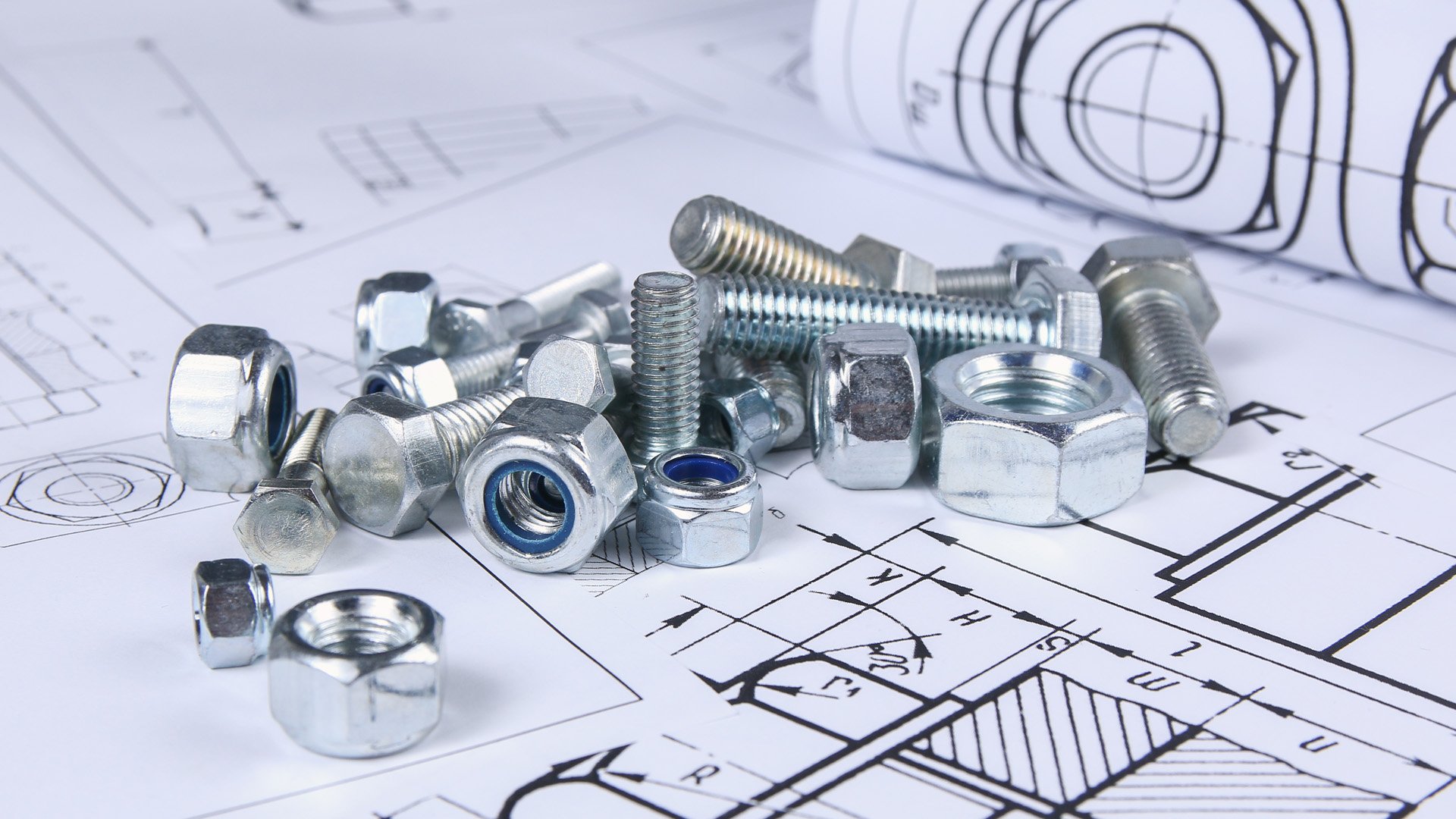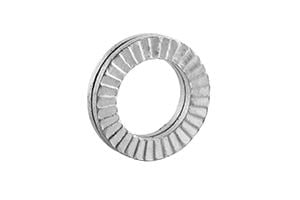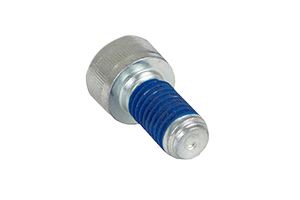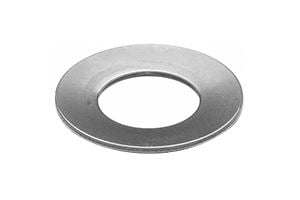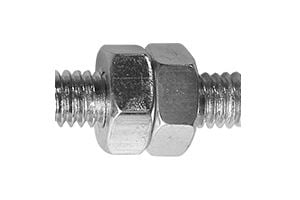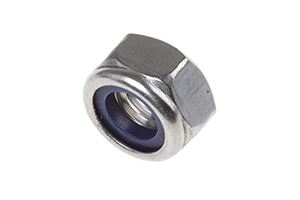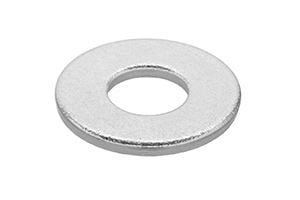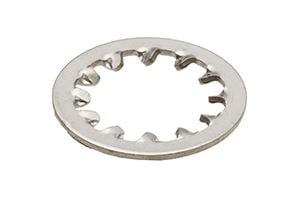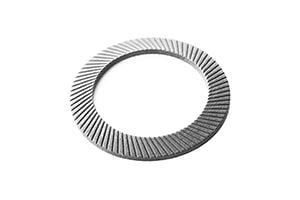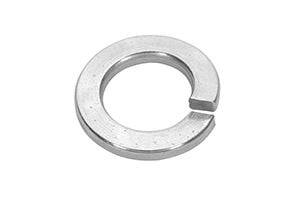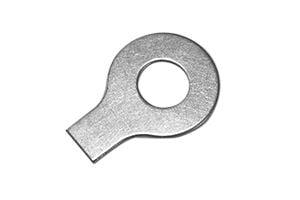The Ebook will assess and compare common methods of securing bolted joints against loosening over the lifetime of the assembly. It will provide guidance regarding the most appropriate securing method to choose for the joint in question. Securing methods such as FRICTION, MECHANICAL, ADHESIVE AND GEOMETRY will be outlined and evaluated using specific criteria including performance, cost and worker safety.
NOTES & VALUES GUIDANCE FOR SELECTION
Each product group in the selection guide is based upon a range of products (of the same general type) from different manufacturers. It must be recognised that within each group, some products may work better, or worse than others. We have therefore considered an average value for each of the headings in each product group. For example, even within a product group with a high rating for locking ability, there may be low quality manufacturers who’s products do not work when tested. Buyer beware always applies.
FUNCTIONALITY
Locking ability
The method or the product's resistance to loosening, caused by joint flexing, vibration, dynamic loading or thermal cycling.
Reusability
Can the method or product be reused, for example during planned maintenance, or must it be discarded and replaced with new?
BOLTED JOINT SAFETY
Worker safety
Some bolt securing methods and products have been linked to health and safety issues. For example, there is an established link between the use of tab washers and hand injuries.
COST RELATED TO METHOD OR TYPE
Initial cost
The combined cost of purchasing and first fit of the method or product.
Total lifetime cost
The combined cost of purchasing, fitting and maintaining the method or product over the lifetime of the application. It should be noted that repeated inspection, maintenance and retightening can be a significant cost to the operator / owner. Breakdowns and repair can add significantly to these costs, but they are not included here.



